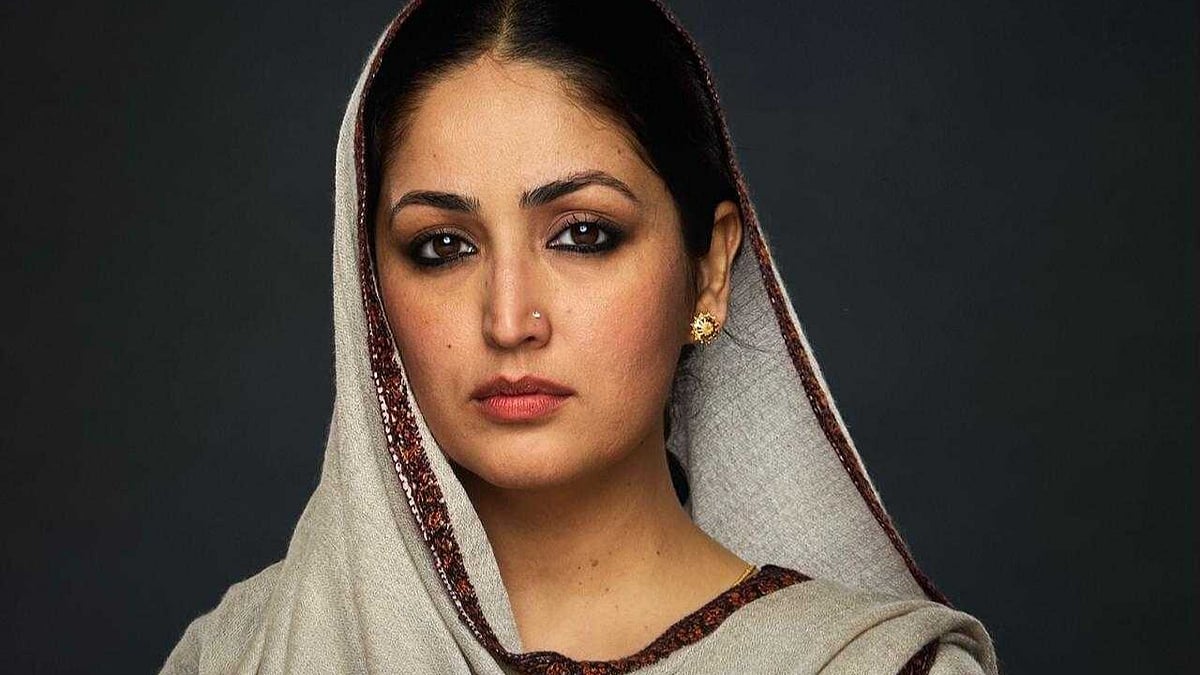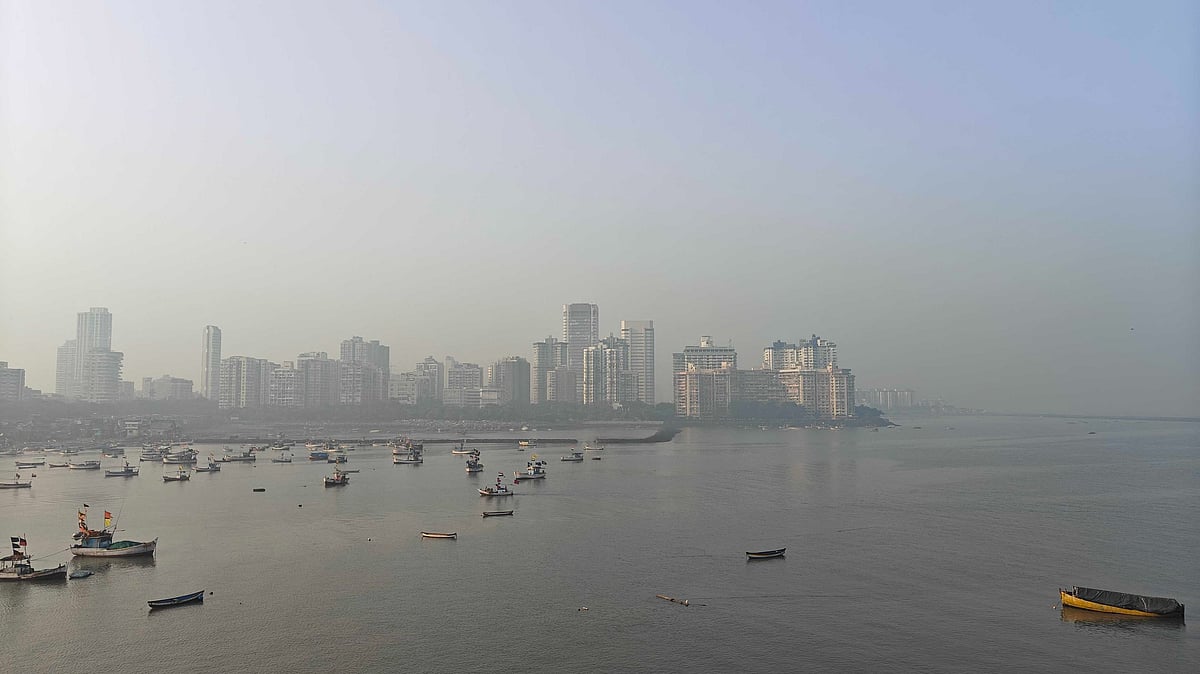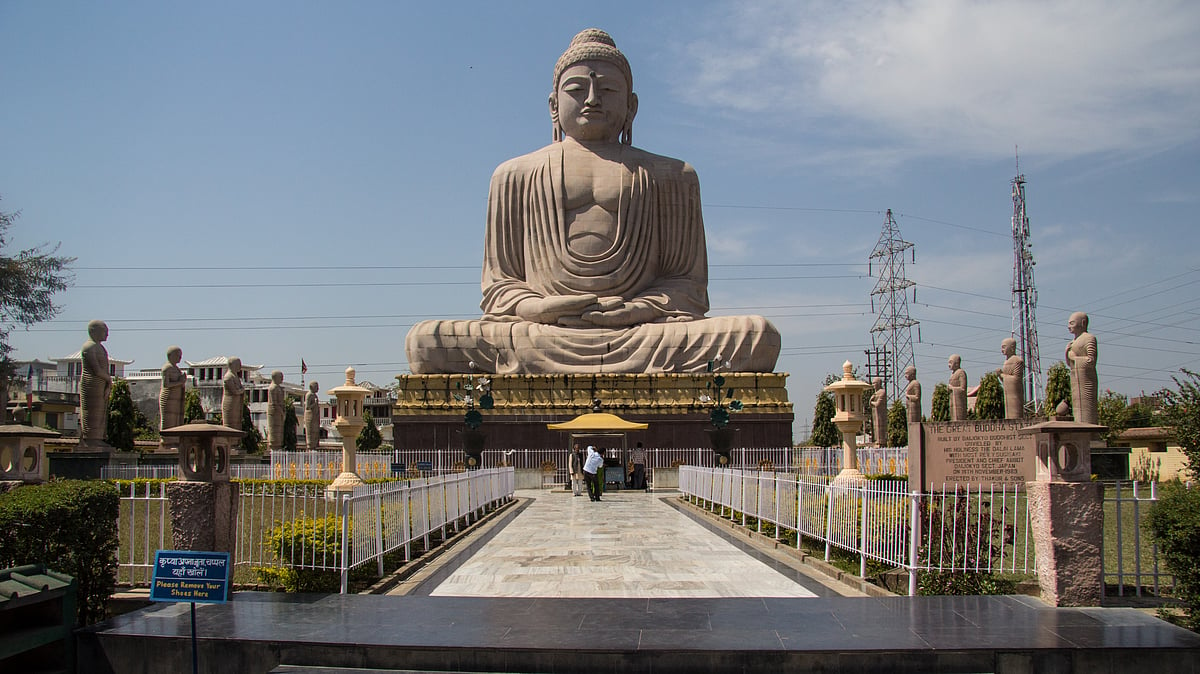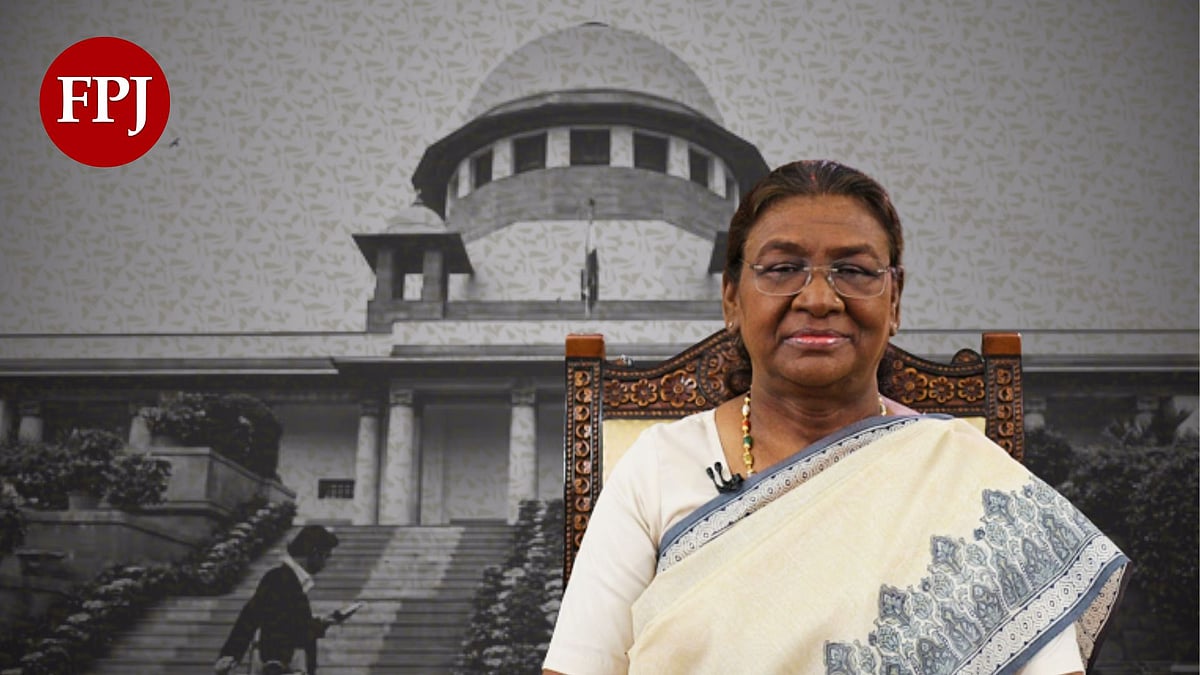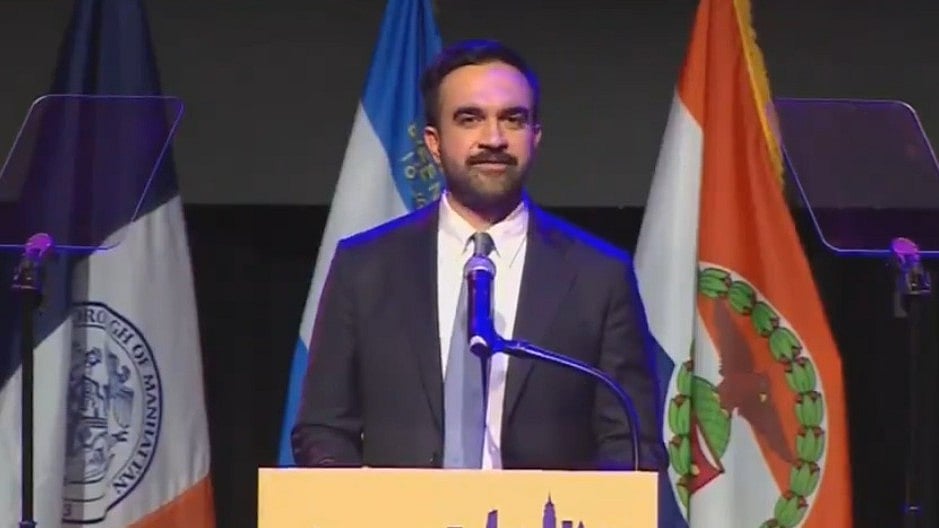Ritu Prasad
It has often been said that Gandhiji had a deep electrifying impact on people whom he met or communicated with. Violin maestro Lalgudi Jayaraman once narrated that whenever Mahatma Gandhi went on a fast, several people in Lalgudi (a small town in Tiruchirappalli district in Tamil Nadu) also observed a fast; a fact corroborated by Narayan Desai, son of Mahadev Desai - who was secretary to Gandhiji - about people in the north-western province (of undivided India), and in other parts of India.
In an age of no internet and no social media, his communication skills transformed India’s freedom struggle from one waged by a small elite, urban group, into a mass movement in which upwards of 40 million Indians, from all strata of society, enthusiastically became ‘satyagrahis’ at various levels.
He used a combination of three kinds of media channels: interpersonal media (spirituality, meditation, prayer meetings, public meetings, word of mouth and personal letters), traditional folk media (songs, dance, drama, street plays) and mass media (newspapers, weeklies, books, radio, films) to reach both, the urban and rural masses, with messages of social change and freedom struggle.
Listening (distinct from, but, incorporating the physiological process of hearing along with cognition and response) is the near-forgotten dimension of communication. Many scholars contend that leadership starts with listening. Gandhiji was a virtuoso listener - he would listen to the problems faced by people, his opponents and the subtext beneath every word spoken. He cultivated not just listening to others but also listening to his inner self, which helped him keep his moral compass, integrity and be able to respond to others’ messages (including subliminal) and causes, with empathy.
He practised silence every Monday; in 1926 and again in 1946, he practised a year of political silence (writing notes to convey his feelings and directions). He got a golden lesson on the importance of silence, ‘to listen to the inner voice’ on his visit to a Trappist monastery in South Africa. In Gandhiji’s own words, “I understood a precious lesson. I knew the secret of silence.”
Ace non-verbalist
On his return to India in 1915, Gandhi realised that a supine India needed to be roused, stand up and hold her head high. He deftly deployed symbols and symbolic actions, one of the oldest forms of persuasive non-verbal communication for the desired impact. Living his life in public space and in the public gaze, integrating recognisable symbols of spirituality, faith, meditation, self-discipline, austerity, peace and non-violence and complementing them with resolute personal actions, Gandhi transformed his own spartan life into narratives about messages he wanted to convey effectively.
A strong believer in personal integrity, he would not counsel anything he did not do himself. There is the celebrated incident of a mother who came to one of his meetings with her son. She complained that her son ate too much jaggery and asked Gandhi to say or do something to inspire the child to give it up. She felt her son would listen to Gandhi as the child idolised him. Gandhi asked them to “come back in two weeks”. When the duo returned, Gandhi spoke directly to the child. “Boy, you should not eat jaggery. It is bad for your health.” Perplexed, the mother asked why he had not said that two weeks ago. Gandhi smiled and said, “Mother, two weeks ago, I was still eating sugar myself.”
He devised the instrument of satyagraha, inspired by Henry David Thoreau's essay On Civil Disobedience, with the objective to change the opponent’s mind in a peaceful way and to resolve all conflicts, be it personal or political (he did not consider anyone his enemy).
Gandhi brought ‘Ram Rajya’ into contemporary discourse, explaining that true Ram Rajya would ensure “equal rights to both prince and pauper”. He also coined the terms swaraj and swadeshi to represent the society that he was looking for. There are other symbols, the prominent ones being khadi, the charkha and topi (the Gandhi cap) that got burnished in the national consciousness.
Alongside, Gandhi went progressively through a sartorial transformation. From the three-piece suit he wore as a barrister in South Africa, he first shed the hat for a turban to identify with the Indian diaspora and joined a meeting, wearing a lungi. Millie Polak, wife of Gandhi's South African friend Henry Polak, described it as “a continuous and deliberate process of self-definition and construction”. He landed in India in 1915, in native Kathiawari dress.
The most radical transformation came during the Champaran movement when Kasturba narrated to him the case of a lady who had only one sari. He eschewed the full dhoti, vowing that unless he’d liberated the motherland and her womenfolk had enough to wear, he would only wear a short dhoti. This massive statement endeared him to the masses.
His boldest symbolic action was the Dandi March or the salt satyagraha, a 390km padayatra from Ahmedabad to the sea-side village of Dandi (near Surat) in 1930, was testimony to his ability to garner widespread support, occupy public space and transform an ordinary place, in this case, a forlorn sandy beach, into a public symbolic space, and salt, an essential commodity, into a symbol of liberation. As the march was covered extensively by photography and film, a small act of economic defiance brought a tide of negative attention to British colonial rule globally.
He also deployed fasts to bring tremendous moral and psychological pressure on people who had opposed him; like his 21-day fast in February 1943, or his fast against a separate electorate, which made Ambedkar finally yield to Gandhi’s will. Then there were episodes of penitential fasting (one meal a day for more than four months) because of the moral lapse of two members of Phoenix Settlement in South Africa), the five-day fast after the Chauri Chaura incident in 1922, and another 21-day "great fast" against communal rioting in 1924 – to equivalent effect.
Perhaps no other person has used the power of non-verbal communication the way Gandhi did. His clothing choices, his padyatras, his satyagrahas, his charkha, his walking stick and even his silence, have communicated his immortal messages so powerfully. They continue to be used even today -- his spectacles are used in the Swachh Bharat Campaign.
Ritu Prasad is co-founder and chief learning officer at INDusAcuity - a social enterprise. She is a communications professional. She can be reached at: 2rituprasad@gmail.com



